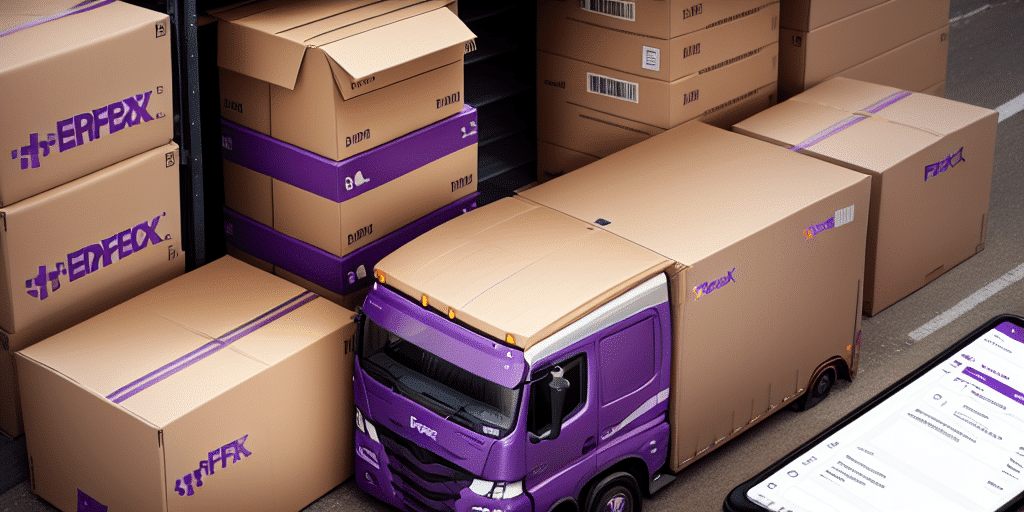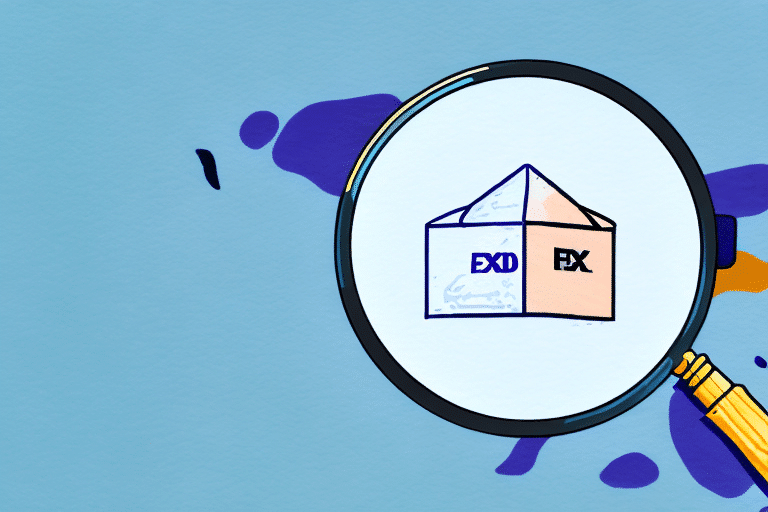Integrating FedEx Ship Manager Without Lookup
In the world of shipping logistics, efficiency and accuracy are paramount. FedEx Ship Manager is a tool that many business owners and logistics managers use to streamline their shipping processes. By integrating FedEx Ship Manager without lookup, you can further optimize your shipping operations, saving valuable time and resources. This article explores the reasons to use FedEx Ship Manager, the benefits of its integration, the challenges involved, detailed integration steps, common errors, and best practices to ensure a seamless integration process.
Why Use FedEx Ship Manager?
FedEx Ship Manager is a comprehensive web-based application designed to simplify shipping for businesses of all sizes. Key features include:
- Creating shipping labels
- Tracking shipments in real-time
- Scheduling pickups
- Calculating accurate shipping costs
- Accessing essential shipping documents
With its user-friendly interface, FedEx Ship Manager reduces the time and resources required to manage shipping logistics, making it an essential tool for businesses that ship frequently to stay competitive.
Advanced Features
- Multi-Package Shipping: Handle multiple packages efficiently within a single shipment.
- International Shipping: Easily manage cross-border shipments with customs documentation support.
- Integration with E-commerce Platforms: Seamlessly connect with platforms like Shopify, WooCommerce, and Magento to manage orders and shipments in one place.
- 24/7 Customer Support: Access around-the-clock support for any shipping-related queries.
Overview of FedEx Ship Manager Services
FedEx Ship Manager offers a diverse range of services tailored to meet various business needs:
- FedEx Express: Fast and reliable expedited shipping services for time-sensitive deliveries.
- FedEx Ground: Cost-effective ground shipping options for less urgent shipments.
- FedEx International: Comprehensive international shipping solutions with global reach.
- FedEx Freight: Heavy-duty freight services for large and bulky shipments.
- FedEx SmartPost: Economical shipping option that leverages the U.S. Postal Service for final delivery.
These services provide businesses with the flexibility to choose the best shipping solution based on their specific needs.
Industry-Specific Solutions
FedEx Ship Manager also offers specialized solutions for various industries:
- Healthcare: Temperature-controlled shipping options to ensure the safe delivery of sensitive medical supplies.
- E-commerce: Fulfillment services that streamline order processing and improve customer satisfaction.
Additionally, FedEx continuously innovates by introducing new technologies such as SenseAware Technology, which allows businesses to monitor the location, temperature, and environmental factors of their shipments in real-time.
Benefits of Integrating FedEx Ship Manager
Integrating FedEx Ship Manager into your logistics process offers numerous benefits:
Time and Cost Savings
Automation of tasks like creating and printing shipping labels, calculating shipping costs, and scheduling pickups reduces manual labor, saving both time and money. Businesses with high shipping volumes especially benefit from these efficiencies.
Data Accuracy
Integrating without lookup ensures that all shipping information is centralized, minimizing the risk of errors associated with duplicate data entry. Accurate shipping details lead to timely deliveries and enhanced customer satisfaction, fostering better customer retention and business growth.
Enhanced Visibility and Tracking
Real-time updates on shipment status allow businesses to provide customers with accurate delivery information, addressing any potential issues promptly and maintaining transparency throughout the shipping process.
Access to Discounted Shipping Rates
By using FedEx Ship Manager, businesses can take advantage of FedEx's negotiated rates, which are often more competitive than standard rates. Additionally, the platform offers various shipping options like ground, express, and international shipping, enabling businesses to choose the most cost-effective solutions based on their needs.
Challenges of Integrating FedEx Ship Manager Without Lookup
While there are significant benefits, integrating FedEx Ship Manager without lookup also presents certain challenges:
Initial Setup and Configuration
The integration process may require updating or modifying existing shipping workflows, which can be time-consuming and demand technical expertise. Compatibility issues with other software systems may also arise, necessitating careful planning and support.
Risk of Data Entry Errors
Without automatic verification of addresses and shipping information, there is an increased risk of incorrect or incomplete data entry. This can lead to shipment delays, lost packages, and dissatisfied customers. Implementing a thorough quality control process and proper employee training can help mitigate these risks.
How to Integrate FedEx Ship Manager Without Lookup
Integrating FedEx Ship Manager involves several key steps:
- Create a FedEx account if you do not already have one.
- Download and install the FedEx Ship Manager software from the FedEx website.
- Integrate the software with your existing systems or platforms, such as ERP or e-commerce platforms.
- Customize system settings to ensure that all shipments are correctly routed through FedEx Ship Manager.
- Train your staff on using the new system and document all processes to ensure consistency.
Post-Integration Optimization
After integrating, consider setting up automated shipping rules to further enhance efficiency. Additionally, utilize FedEx Ship Manager's reporting features to gain insights into your shipping activities, helping you make informed decisions about your shipping strategies.
Common Errors and Solutions During Integration
During the integration process, you may encounter several errors. Common issues include:
- Software Compatibility Issues: Ensure that all software systems are compatible with FedEx Ship Manager.
- Shipping Data Errors: Verify the accuracy and completeness of all shipping data being transferred.
- Configuration Issues: Double-check all system settings to ensure correct configuration.
To resolve these errors, consult the FedEx technical support team or seek assistance from an experienced IT specialist.
Best Practices for Using FedEx Ship Manager
To maximize the benefits of FedEx Ship Manager, adhere to the following best practices:
- Maintain accurate and up-to-date shipping information to prevent errors and delays.
- Regularly monitor shipments to ensure they are progressing as expected.
- Track all package deliveries to confirm timely arrivals and provide customers with real-time updates.
- Ensure that all staff are properly trained on using FedEx Ship Manager to maintain operational efficiency.
Case Studies: Successful Integration of FedEx Ship Manager Without Lookup
Many businesses have successfully integrated FedEx Ship Manager without lookup, resulting in improved shipping processes. For example, a prominent e-commerce retailer that handles hundreds of packages daily streamlined their shipping operations by integrating FedEx Ship Manager with their inventory and order management systems. This integration reduced shipping times, enhanced accuracy, and significantly improved the overall customer experience.
Future Developments in Shipping Technology and How to Prepare
The shipping industry continues to evolve with advancements in technology. Future developments may include:
- Automation: Increased use of automation to further streamline shipping processes.
- Artificial Intelligence and Machine Learning: Enhanced predictive analytics for better decision-making and route optimization.
- Eco-Friendly Shipping Options: Greater emphasis on environmentally sustainable shipping practices.
To stay ahead, businesses should regularly review and update their shipping processes and systems, and remain informed about the latest shipping trends and technologies.
Conclusion: Why It Is Important to Integrate FedEx Ship Manager Without Lookup
FedEx Ship Manager is an essential tool for optimizing shipping processes. Integrating it without lookup can further streamline operations, save time and money, and enhance accuracy and customer satisfaction. While there are challenges in the integration process, they can be overcome with careful planning and technical support. By following the best practices outlined in this article, businesses can ensure a successful integration and stay prepared for future advancements in shipping technology.




















